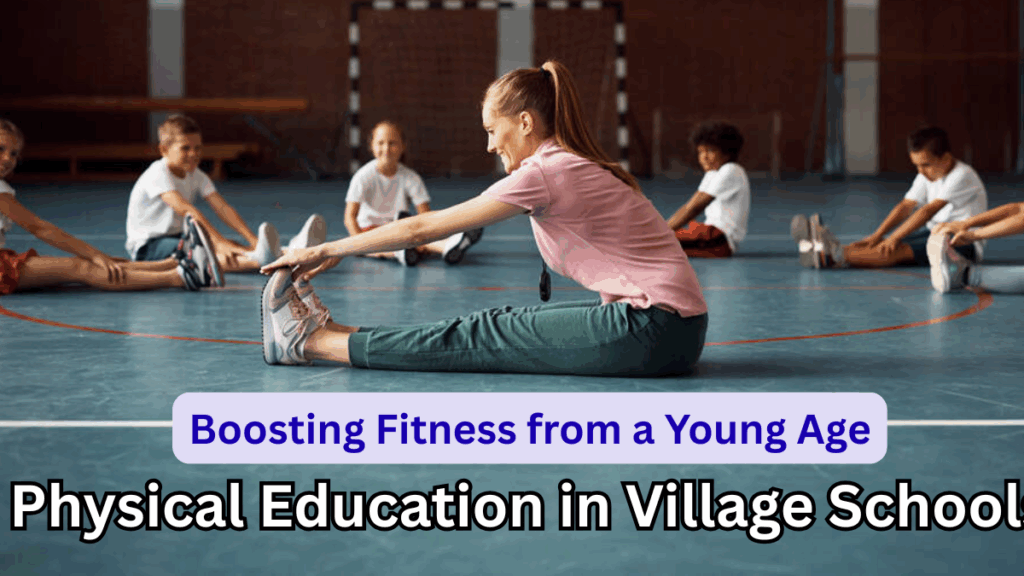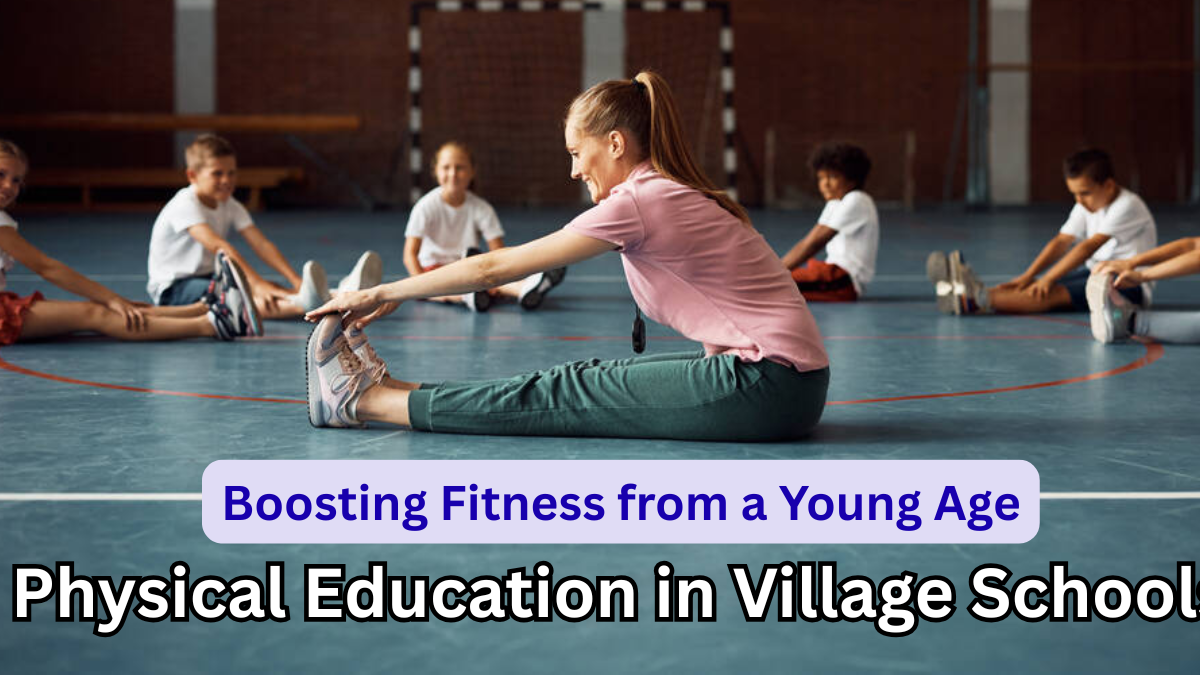In today’s fast-paced world, health and fitness are becoming essential for everyone, especially children. In rural regions, where access to fitness facilities is limited, introducing School PE in Villages can be a game-changer. Early exposure to physical activities not only keeps children healthy but also nurtures discipline, teamwork, and confidence.
Let’s dive into why Physical Education in Rural India is crucial and how it can transform young lives.

Why Physical Education Matters in Rural Schools
Children in villages often engage in physical labor, but structured School PE in Villages programs go beyond that. They create awareness about fitness, improve mental well-being, and prepare students for a healthier lifestyle.
Key benefits include:
-
Improved health: Regular exercise reduces risks of lifestyle-related diseases
-
Enhanced focus: Physical activity helps in better concentration and academic performance
-
Teamwork and discipline: Sports instill leadership, coordination, and mutual respect
-
Confidence building: Active children grow up to be confident individuals ready to face challenges
How PE is Implemented in Rural Schools
Introducing Physical Education in Rural India comes with unique challenges but also opportunities. Schools are now adopting creative methods to make PE engaging for students.
Common Activities:
-
Simple sports like kabaddi, kho-kho, and running
-
Yoga sessions for mental and physical wellness
-
Morning drills and fitness games
-
Awareness programs on nutrition and hygiene
Challenges Faced in Implementing PE in Villages
While the benefits are undeniable, implementing structured PE programs in rural schools has its hurdles:
-
Lack of trained PE teachers
-
Insufficient infrastructure like playgrounds and sports equipment
-
Limited awareness about the long-term benefits of fitness
-
Budget constraints in government and community-funded schools
Benefits of Physical Education in Rural India
Here’s a quick comparison of how School PE in Villages can impact students:
| Aspect | Without PE Programs | With PE Programs |
|---|---|---|
| Health | Basic fitness from daily chores | Improved stamina, flexibility, and overall health |
| Academics | Lower concentration levels | Better focus and classroom participation |
| Social Skills | Limited teamwork exposure | Enhanced communication, leadership, and team-building |
| Awareness | Minimal understanding of health | Strong awareness of fitness, nutrition, and hygiene |
Government and Community Efforts
The government is stepping in to promote Physical Education in Rural India through:
-
Schemes for rural sports development
-
Training for PE instructors
-
Funding for playgrounds and basic sports equipment
-
Health awareness campaigns for students and parents
Communities are also playing a role by organizing local sports events and encouraging children to participate.
FAQs
1. Why is Physical Education important for village school students?
Physical Education improves physical fitness, enhances concentration, builds confidence, and instills values like teamwork and discipline in children.
2. How can PE be introduced in schools with limited resources?
Schools can start with basic activities like yoga, morning drills, and low-cost games like kho-kho, kabaddi, and running exercises.
3. Who is responsible for promoting Physical Education in Rural India?
Both the government and local communities share the responsibility of ensuring access to structured PE programs for rural students.
4. How does School PE in Villages impact academic performance?
Regular physical activity improves brain function, concentration, and reduces stress, leading to better academic outcomes.
Click here to learn more
